Aluminum pcb enclosure
Selecting the appropriate aluminum PCB enclosure for your project is a critical decision that can significantly impact the performance, durability, and overall success of your electronic device.
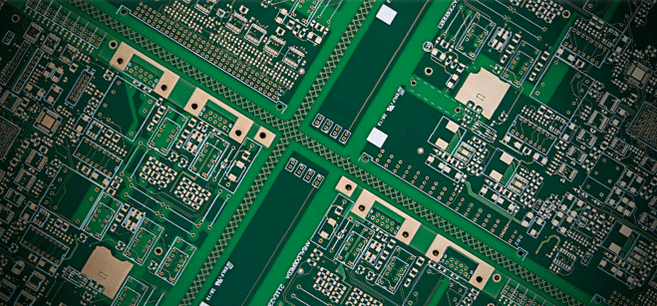
Selecting the appropriate aluminum PCB enclosure for your project is a critical decision that can significantly impact the performance, durability, and overall success of your electronic device.
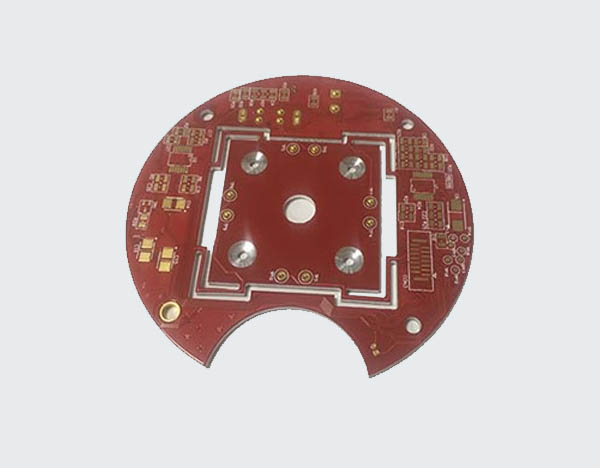
Aluminum PCBs, or printed circuit boards, have become increasingly popular in the LED lighting industry due to their numerous advantages.

Aluminum oxide printed circuit boards (PCBs) have emerged as a significant advancement in the field of electronics, offering a range of advantages that make them highly desirable for various applications. One of the primary benefits of using aluminum oxide PCBs is their exceptional thermal conductivity.

Aluminum core printed circuit boards (PCBs) have emerged as a significant innovation in the electronics industry, offering a range of advantages that make them an attractive choice for various applications.

Aluminum-based printed circuit boards (PCBs) have emerged as a pivotal innovation in the realm of electronics, particularly in applications where thermal management is of paramount importance.

Aluminium metal core PCBs (Printed Circuit Boards) have emerged as a pivotal innovation in the realm of thermal management, offering a myriad of advantages that make them indispensable in various high-performance applications. One of the most significant benefits of aluminium metal core PCBs is their exceptional thermal conductivity.
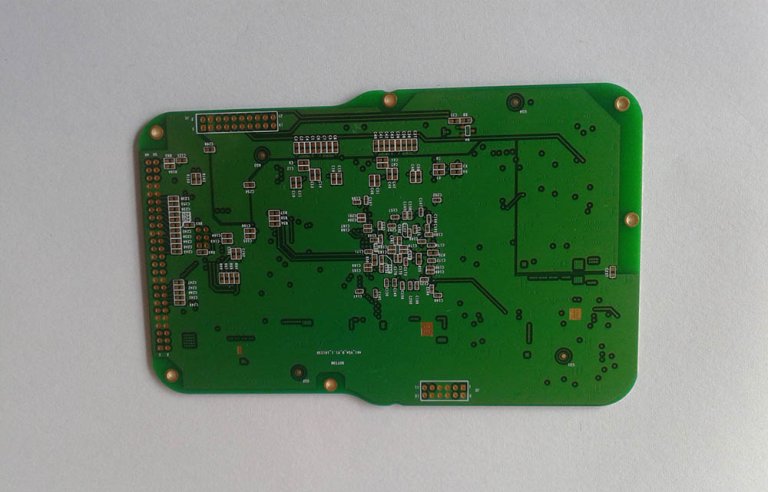
Aluminium flex PCBs, or flexible printed circuit boards, have emerged as a revolutionary component in the realm of modern electronics. These advanced circuits combine the flexibility of traditional flex PCBs with the robustness and thermal management capabilities of aluminium, offering a myriad of advantages that cater to the evolving demands of contemporary electronic devices. As we delve into the benefits of aluminium flex PCBs, it becomes evident why they are becoming a preferred choice for engineers and designers alike.

Introduction To Altium Flex PCB Design Designing flexible printed circuit boards (PCBs) in Altium Designer can be a transformative experience for engineers looking to innovate in the realm of electronics. Flex PCBs offer a unique set of advantages, including the ability to bend and fold, which makes them ideal for applications where space constraints and…

In modern electronic design, flexible printed circuit boards (Flex PCBs) are increasingly favored by designers due to their unique advantages, such as lightness, bendability, and high-density wiring. As a powerful electronic design automation (EDA) tool, Altium Designer provides comprehensive support for Flex PCB design. This article will introduce the basic steps for Flex PCB design in Altium Designer to help designers better master this technology.
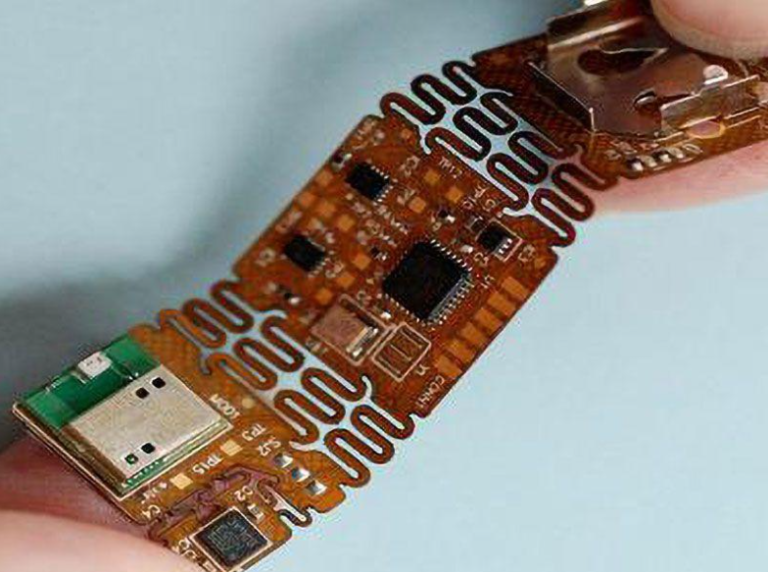
When designing flexible circuit boards (Flex PCBs), following best practices is key to ensuring their performance and reliability. First, choosing the right material is critical. Polyimide is the most commonly used substrate because of its excellent thermal stability and mechanical strength. In addition, the thickness of the copper foil also needs to be carefully considered. Thinner copper foil can improve flexibility but may affect conductive properties. Therefore, designers need to find a balance between flexibility and electrical performance.
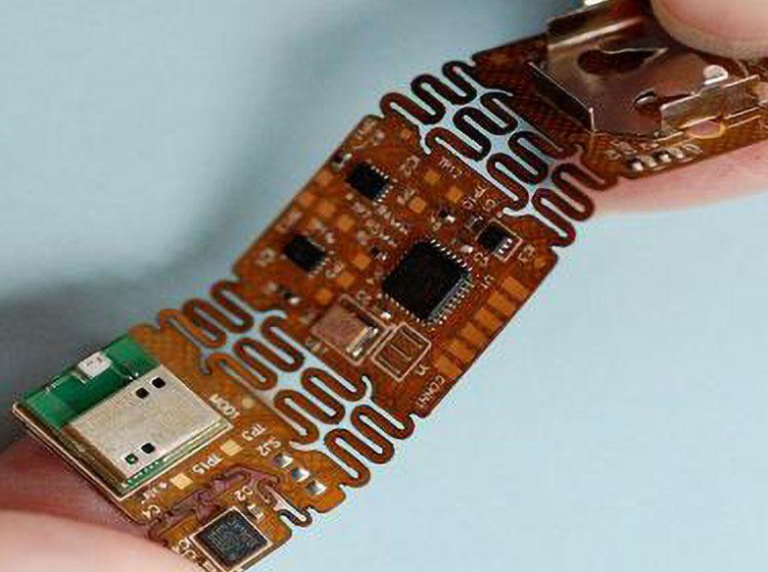
In modern electronic design, flexible printed circuit boards (Flex PCB) are becoming more and more popular due to their unique advantages. As a powerful electronic design automation software, Altium Designer provides designers with comprehensive tools to create flexible PCBs. This article will introduce the basic steps to create flexible PCBs in Altium Designer in detail to help designers better master this process.

Comprehensive Analysis of PCB Assembly Process In the modern electronic manufacturing industry, the assembly of printed circuit boards (PCBs) is a vital link. PCB assembly is not just about soldering electronic components to circuit boards, it involves multiple complex steps and strict quality control to ensure the performance and reliability of the final product. First,…
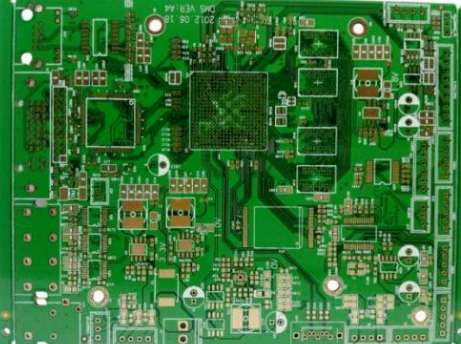
Basic settings and optimization techniques for Allegro PCB high-speed options In modern electronic design, as signal frequency continues to increase, high-speed circuit design becomes increasingly important. As a powerful circuit design software, Allegro PCB’s high-speed options provide designers with a wealth of tools and settings to ensure signal integrity and system performance. This article will…

The manufacturing process and technology of fully flexible PCB (Printed Circuit Board) occupies an important position in the field of modern electronic manufacturing. With the increasing miniaturization and complexity of electronic equipment, fully flexible PCB has become the first choice for many high-tech products due to its unique flexibility and lightweight characteristics. However, to achieve high-quality fully flexible PCB, the refinement and specialization of manufacturing process and technology are essential.

Signal integrity issues and solutions in high-speed PCB designIn high-speed PCB design, signal integrity issues are a challenge that cannot be ignored. As the frequency and speed of electronic devices continue to increase, signal integrity issues have become more prominent. Signal integrity issues mainly include signal reflection, crosstalk, timing error, and electromagnetic interference. These problems…